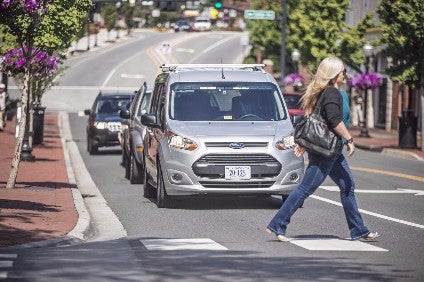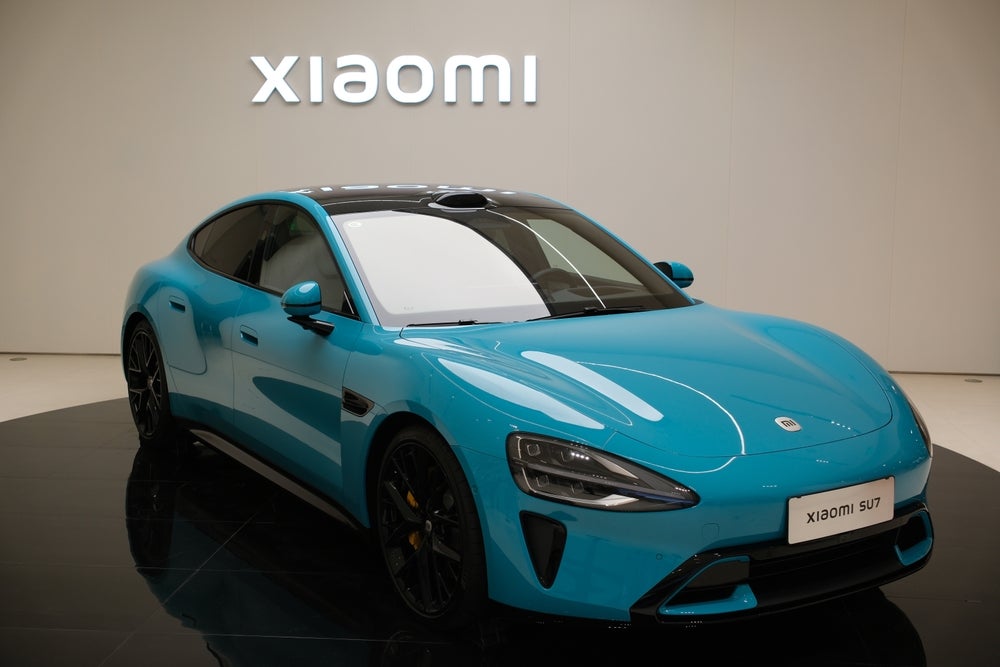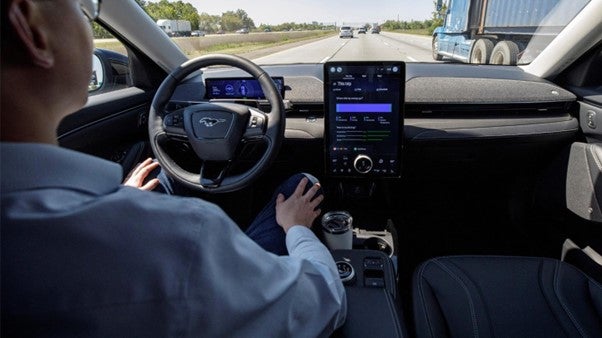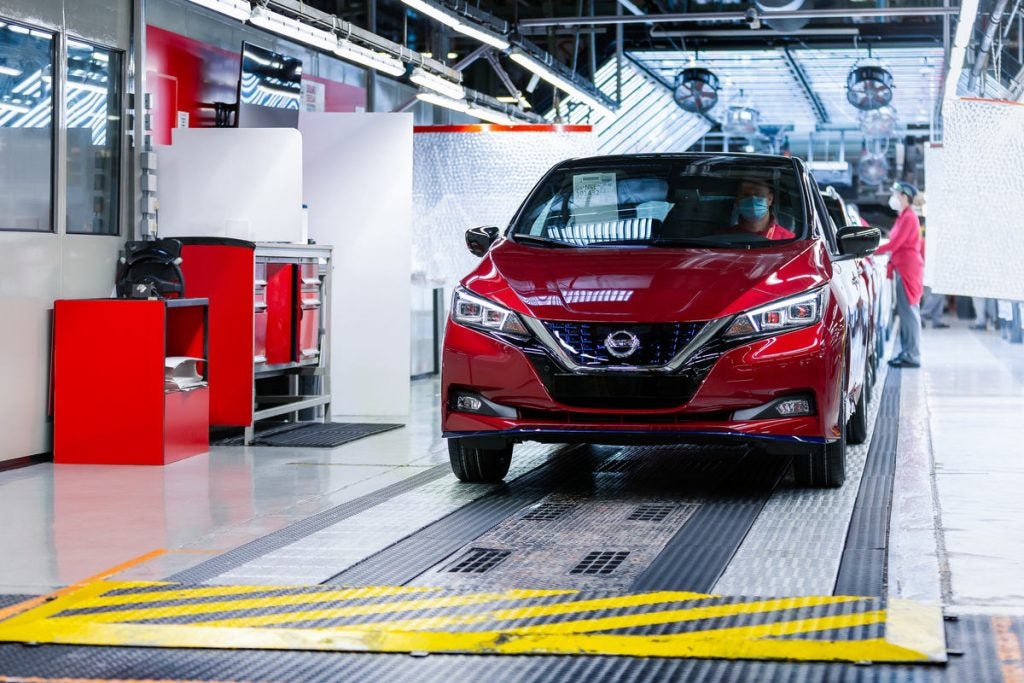
Ford and Virginia Tech Transportation Institute are testing a lighting method designed by the automaker for self driving vehicles to signal their intent to pedestrians, human drivers and bicyclists in an effort to create a standard visual language everyone can easily process and understand.
The study simulates a self driving vehicle using a seat suit to conceal the human driver; this enables researchers to explore pedestrian reactions to the vehicle's external lighting signals used to indicate whether it is self driving, giving way or about to accelerate from a stop.
"Developing a way for self driving vehicles to communicate their intent is essential since cues like hand waves or head nods between human drivers and pedestrians will not necessarily factor in to autonomous driving scenarios," Ford said.
"Understanding how self driving vehicles impact the world as we know it today is critical to ensuring we're creating the right experience for tomorrow," said John Shutko, Ford's human factors technical specialist. "We need to solve for the challenges presented by not having a human driver, so designing a way to replace the head nod or hand wave is fundamental to ensuring safe and efficient operation of self driving vehicles in our communities."
As part of efforts to consider a full range of real world implications to ensure autonomous vehicles can safely share the road with humans, the joint research project set out to investigate the most effective means for enabling communication between a self driving vehicle and other road users.
Researchers considered using displayed text but that would require people all understand the same language. The use of symbols was rejected because symbols historically have low recognition among consumers. In the end, they went with lighting signals. Light signals for turning and braking indication are already standardised and universally understood, so an innovative new application of lighting was determined to be the most effective means for creating a visual communications protocol for a self driving vehicle to signal to others whether it is operating in autonomous drive mode, beginning to give way ('yield' in the US) or about to accelerate from a stop.
How well do you really know your competitors?
Access the most comprehensive Company Profiles on the market, powered by GlobalData. Save hours of research. Gain competitive edge.

Thank you!
Your download email will arrive shortly
Not ready to buy yet? Download a free sample
We are confident about the unique quality of our Company Profiles. However, we want you to make the most beneficial decision for your business, so we offer a free sample that you can download by submitting the below form
By GlobalDataA light bar was placed on the windscreen of a Transit Connect test vehicle and six high definition cameras were mounted to provide a 360 degree view of surrounding areas to capture the behaviour of other road users.
To simulate a fully self driving experience, researchers developed an innovative seat suit to conceal the human in the driver's seat. Designed to look like an ordinary driver's seat to others, the suit creates the illusion of a fully autonomous vehicle, which is essential for evaluating real world encounters and behaviours between van and other road users. The team then went to work experimenting with three different light scenarios to test the signalling of the vehicle's intent:
- Giving way: Two white lights that move side to side, indicating vehicle is about to obey a full stop
- Active autonomous driving: Solid white light to indicate vehicle is driving autonomously
- Starting to go: Rapidly blinking white light to indicate vehicle is beginning to accelerate from a stop
Researchers simulated autonomous driving on public roads in northern Virginia – home to a density of traffic and pedestrians – throughout August, capturing video and logs of people's reactions. More than 150 hours of data over approximately 1,800 miles of driving was collected in an urban environment, including encounters with pedestrians, bicyclists and other drivers. External signals were activated more than 1,650 times at various locations around Arlington, including at intersections, parking lots, garages and airport roadways. Researchers will use all of this data to understand how other road users change their behaviours in response to the signals a self driving vehicle employs.
Push for an industry standard
Ford is already working with several industry organisations to push toward creation of an industry standard, including the International Organization for Standardization and SAE International. A common visual communications interface most people can understand across all self driving vehicles in all locations will help ensure safe integration of autonomous vehicles into existing transportation systems. Ford also recognizes the need for a communications protocol with those who are blind or visually impaired, and is initiating research into a potential solution as part of a separate project.
"Preparing for a self driving future is going to take all of us working together," said Shutko. "That's why we're developing and advocating for a standard solution so it can be adopted by the industry and applied to all self driving vehicles."







